Medical Foods Size
Medical Foods Market Growth Projections and Opportunities
The escalating demand for medical foods is spurred by the surging incidence of chronic diseases worldwide, necessitating specialized dietary management. Nutritional deficiencies, affecting nearly a third of the global population, contribute to the market's growth. However, a challenge lies in the limited awareness surrounding medical foods. On a positive note, continuous innovation and frequent product launches by industry leaders present an opportunity for market expansion. These initiatives demonstrate a commitment to addressing evolving healthcare needs and preferences, positioning the global medical foods market for sustained growth. As the prevalence of chronic diseases rises globally, the demand for medical foods intensifies, addressing unique nutritional needs in disease management. Widespread nutritional deficiencies affecting a significant portion of the global population further drive market growth. Despite these positive trends, limited awareness poses a challenge to market expansion. On a brighter note, continuous innovation and frequent product launches by industry leaders not only showcase a commitment to evolving healthcare requirements but also create avenues for market opportunity. This dynamism positions the global medical foods market for sustained growth and relevance in addressing the evolving health landscape.
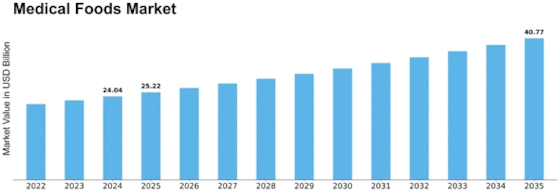

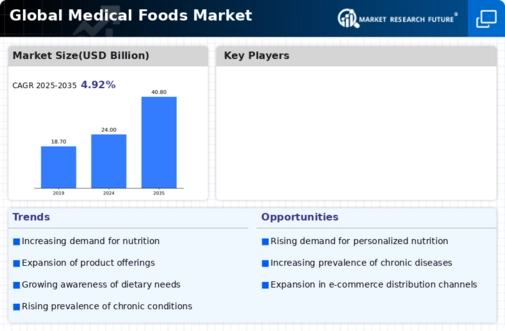

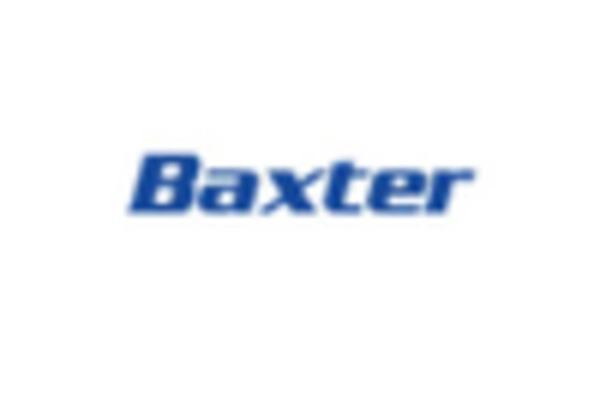
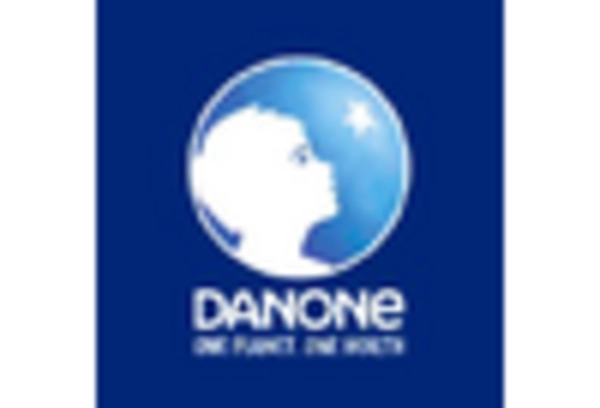
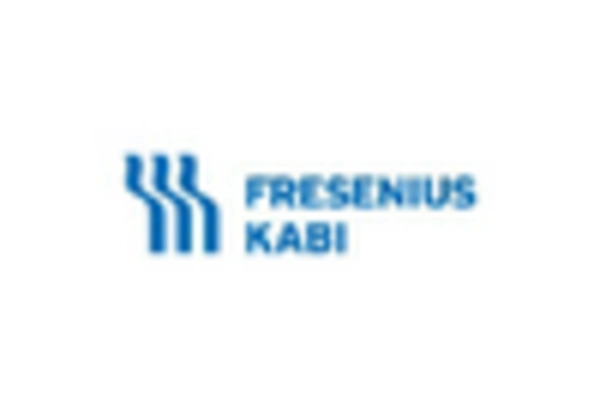
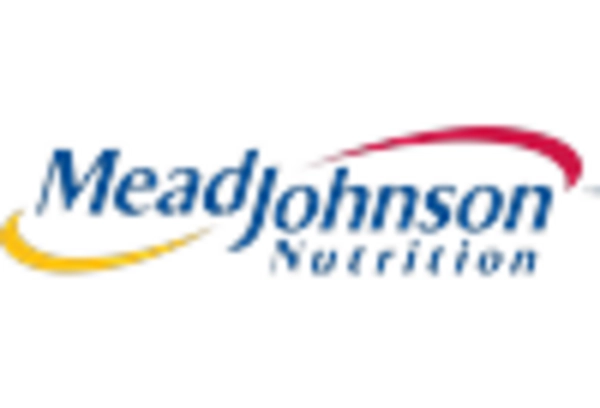
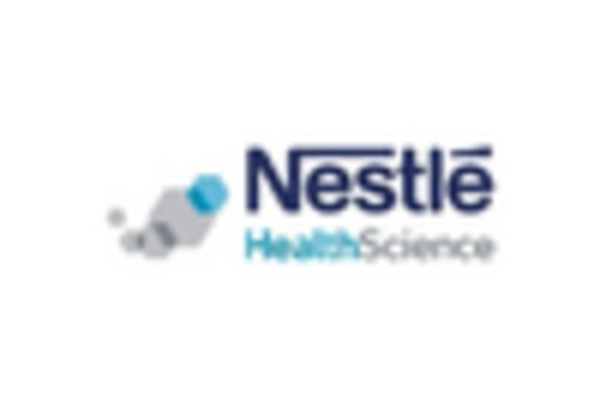









Leave a Comment